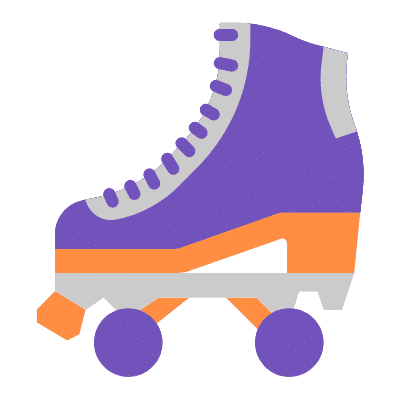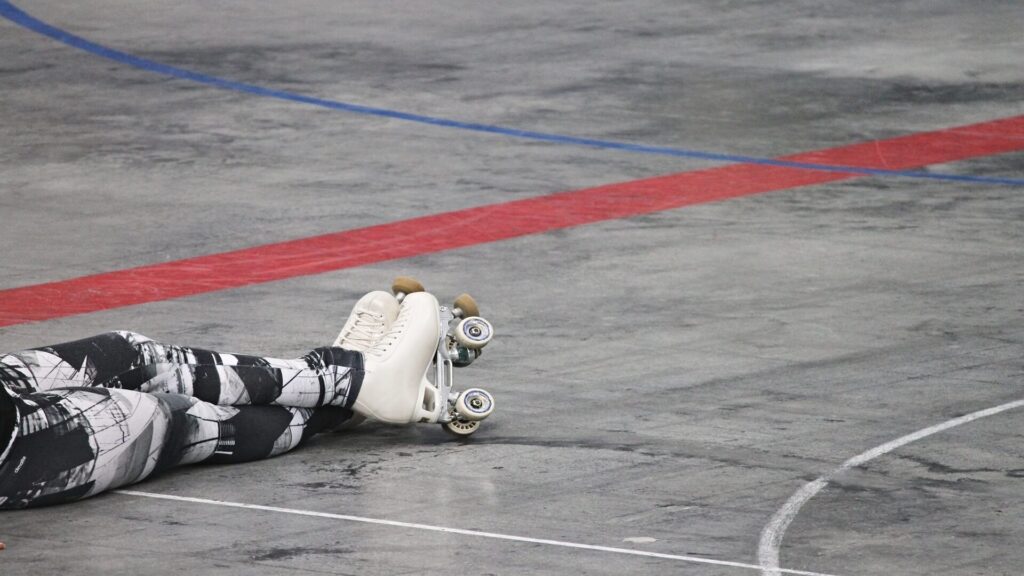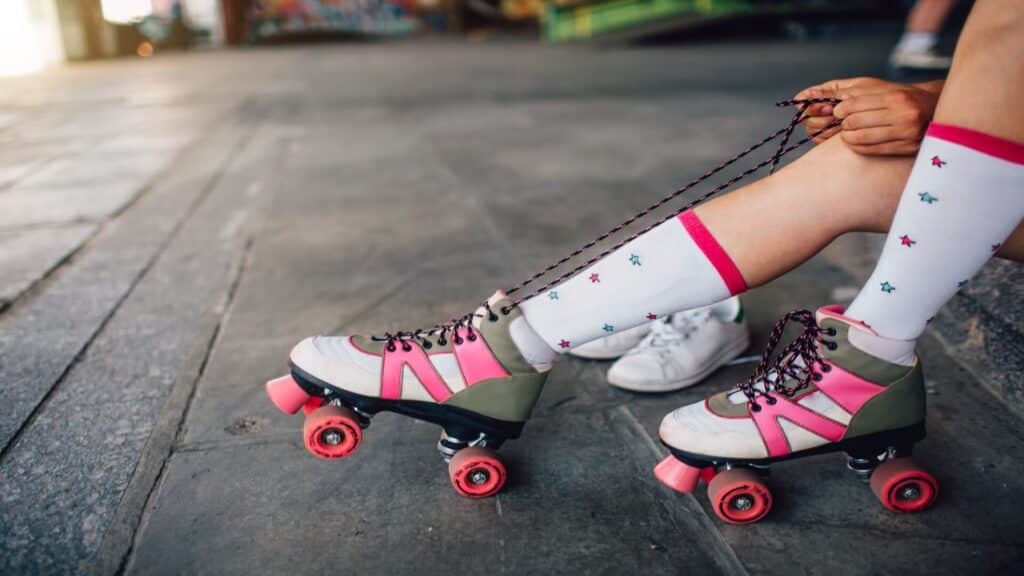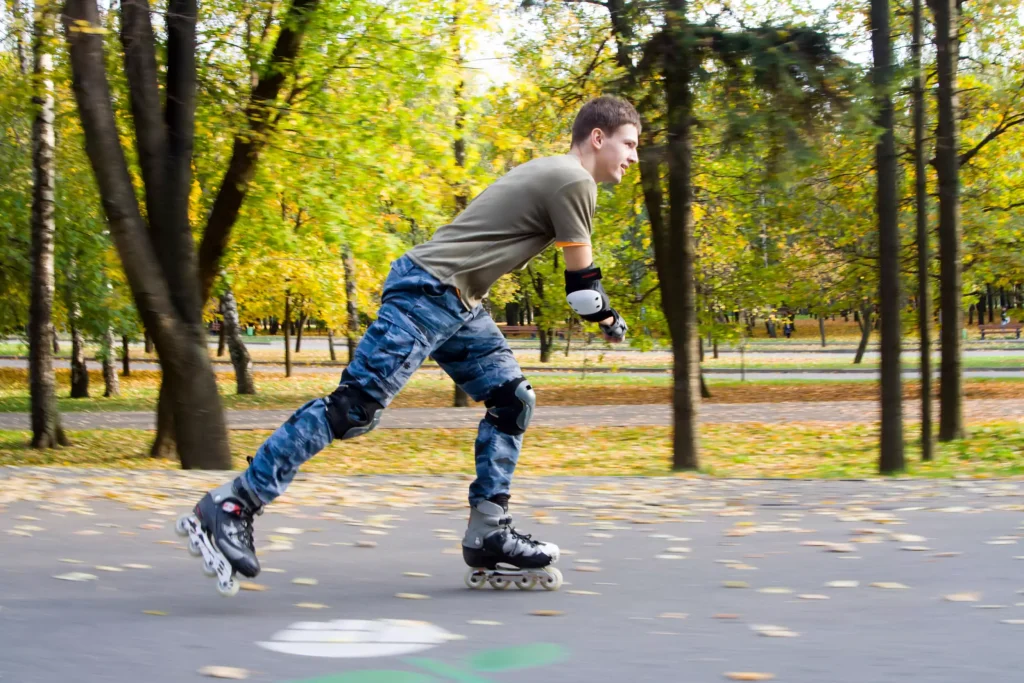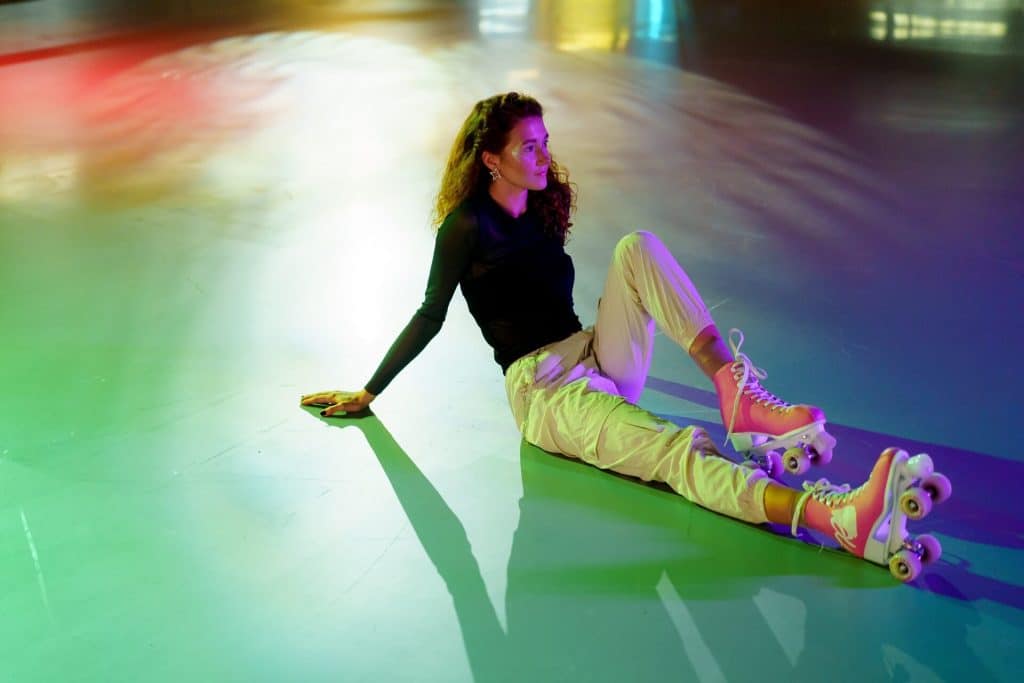Roller skating, a fun and dynamic sport, can also be a fabulous workout. You don’t need to wait for the weather to be perfect or travel to a park or a roller rink to practice. By learning how to practice roller skating at home, you can develop your skills and enjoy this exciting activity in your living room, backyard, or garage. To get started, you’ll need roller skates, safety gear, and a bit of open space.
Table of Contents
- Choosing the Right Roller Skates
- Preparing Your Home for Roller Skating
- Basic Techniques for Roller Skating
- Advanced Techniques for Roller Skating
- Mastering Crossovers at Home
- Workout Routines with Roller Skating
- Safety Measures and Injury Prevention
- Staying Motivated While Practicing at Home
- Final Thoughts
- FAQ
Choosing the Right Roller Skates
Choosing the right roller skates is crucial for a comfortable and safe skating experience. Remember, not all skates are created equal. Factors like your foot size, skating style, and the type of wheels can make a significant difference.
The Right Fit
First, ensure the skates fit you properly. Ill-fitted skates can cause discomfort, hinder your performance, and even lead to injuries. Don’t forget about safety gear. A helmet, knee pads, elbow pads, and wrist guards are essential to protect you during falls, especially for beginners.
Preparing Your Home for Roller Skating
With the right roller skates on hand, you now need to prepare your home for roller skating. It’s essential to identify a safe and spacious area where you can practice without hindrance.
Preparing the Space
Clear out any furniture, rugs, and breakable items in the designated area. If you’re practicing indoors, ensure the floor is clean and free of debris. For those who have enough outdoor space, creating a homemade roller skating rink can be an exciting project.
Basic Techniques for Roller Skating
Once your space is ready, it’s time to begin understanding how to practice roller skating at home. Like any sport, mastering the basics is crucial before moving on to more advanced techniques.
Basic Stances and Movements
Start by familiarizing yourself with basic stances, such as the scissors stance (where one foot is slightly in front of the other) and the ready position (bent knees and a straight back). Practice maintaining balance in these positions.
Learning how to stop safely is just as important as learning to move. The most common stopping techniques are the toe stop and plow stop. Similarly, understanding how to fall safely can prevent serious injuries.
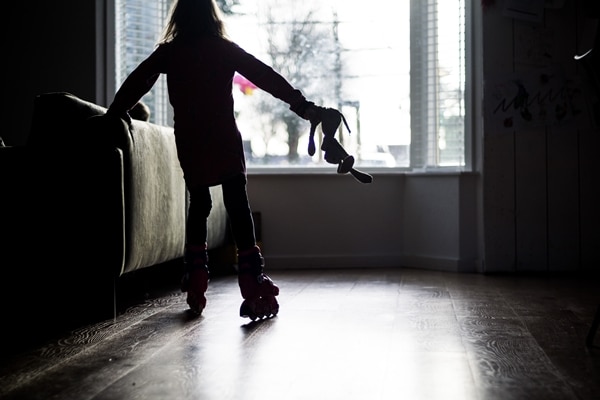
Advanced Techniques for Roller Skating
After getting the hang of the basics, you can explore some advanced roller skating techniques. Again, always remember safety should be your top priority.
Improving Speed, Agility, and Precision
Advanced techniques often involve improving your speed, agility, and precision. Practice drills like crossovers, backward skating, and tight turns. With time and consistent practice at home, you can even learn exciting roller skating tricks.
Mastering Crossovers at Home
Crossovers are an essential roller skating skill that aids in maintaining speed during turns. They’re especially crucial for skating in circles or on tracks. However, it’s important to remember that mastering crossovers requires practice and patience. Here’s a step-by-step guide on how to do crossovers at home.
Understanding the Movement
A crossover involves stepping one foot over the other while maintaining a continuous, fluid motion. In a nutshell, your inside foot (the foot closest to the center of your imaginary circle or track) crosses over the outside foot. This technique helps to propel you forward and maintain momentum during a turn.
Steps to Practice Crossovers at Home
- Get into the Basic Position: Begin with the standard roller skating posture: knees slightly bent, back straight, and feet shoulder-width apart. This position gives you stability and control.
- Start Skating in a Circle: Skate in a large circle or around a designated path in your practice area. As you move, lean your body into the turn. This lean shifts your body weight over your inside foot.
- Cross Your Inside Foot Over the Outside Foot: As you lean into the turn, lift your inside foot and cross it over the outside foot. Place it down on the ground ahead of your outside foot. This crossover motion helps you to propel forward and navigate the turn.
- Bring Your Outside Foot Around: After the crossover, your outside foot should naturally come around to take its place as the new inside foot.
- Repeat: Continue to repeat this process as you skate around your imaginary track.
Tips for Mastering Crossovers
- Start Slow: Begin at a slow pace and gradually increase your speed as you gain confidence and control.
- Practice Both Directions: Practice crossovers both clockwise and counter-clockwise to develop skills evenly.
- Stay Low: Maintain a low center of gravity by keeping your knees bent. This provides better stability and makes the crossover easier.
- Use Arm Movement: Extend your arms to the side, slightly in front of you. As you perform the crossover, your arms should naturally swing in the direction of the crossover, aiding in balance and momentum.
Learning how to do crossovers at home can significantly improve your roller skating skills. Remember, patience and consistent practice are the keys to success.
Here you can watch a video about small space roller skating tips – things you can practice in your home from the YouTube channel
Skatie
Workout Routines with Roller Skating
One of the many benefits of roller skating is its contribution to fitness. It’s a full-body workout, aiding in calorie burning, endurance building, and muscle toning.
Incorporating Roller Skating into Your Routine
Try incorporating roller skating into your daily exercise regimen. There are various roller
skating workout routines available online that can guide you to use this fun sport for improving overall fitness.
Safety Measures and Injury Prevention
Knowing how to practice roller skating at home is not just about techniques and workouts. It’s equally about understanding how to do it safely to prevent injuries.
Preventing Injuries
Always start your roller skating session with a warm-up and end with a cool-down. These routines prepare your body for the activity and help prevent muscle strain.
Despite your best efforts, injuries may still occur. Being aware of common roller skating injuries and how to treat them is crucial. In case of severe injuries, always seek professional help.
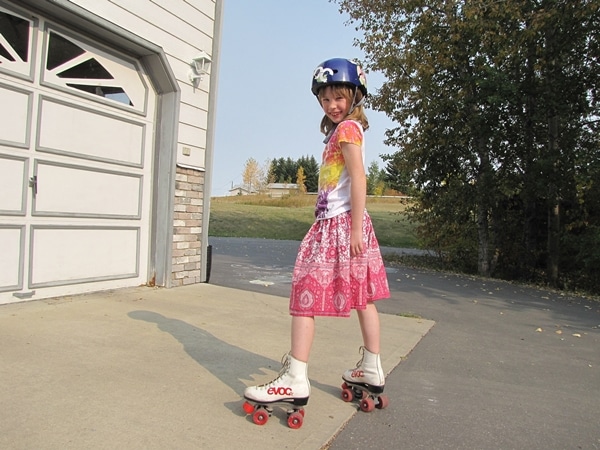
Staying Motivated While Practicing at Home
Maintaining motivation can be challenging, especially when learning a new skill like roller skating at home. But with a few simple tips, you can keep the excitement alive and continue to progress.
Setting Realistic Goals
Setting achievable goals is an excellent way to stay motivated. It could be as simple as practicing for 15 minutes a day or learning a new trick by the end of the month. Remember, progress in roller skating comes with time, so be patient with yourself.
Tracking Progress
Track your progress regularly. Keep a record of your practice hours, new tricks learned, or improvements in your balance and agility. Seeing how far you’ve come can be a significant motivation boost.
Joining Roller Skating Communities
Consider joining online roller skating communities. They can offer advice, inspiration, and support as you learn how to practice roller skating at home. Plus, it’s a great way to connect with others who share your interests.
Final Thoughts
Roller skating is more than a fun activity; it’s a journey of self-improvement, resilience, and joy. By understanding how to practice roller skating at home, you can explore this incredible sport at your own pace, in your comfort zone. So lace up your skates, find your balance, and start rolling!
Remember, every pro was once a beginner. With consistency, patience, and the right approach, you’ll be amazed at the progress you can make. Happy skating!
Tired of practicing roller skating at home? we have made an awesome guide that can give you ideas for places to practice roller skating.
FAQ
Question: Is it safe to practice roller skating at home?
Answer: Yes, it’s safe to practice roller skating at home as long as you take the necessary precautions. Always wear protective gear, including a helmet, knee pads, elbow pads, and wrist guards. Make sure the area is clear of furniture and other potential hazards. Always start with basic skills before moving on to more advanced maneuvers.
Question: How long will it take me to learn roller skating at home?
Answer: The time it takes to learn roller skating varies from person to person and depends on factors like balance, physical fitness, and how often you practice. Generally, you can expect to learn basic roller skating skills within a few weeks if you practice regularly. More advanced techniques may take several months to master.
Question: I keep falling while practicing roller skating at home. What should I do?
Answer: Falling is part of the learning process in roller skating. Make sure you’re wearing your protective gear to minimize injury. Start with the basics, like balancing on your skates and learning how to fall safely. If you’re frequently falling, it might be due to incorrect form or trying to progress too quickly. Take your time, and don’t rush the process.
Question: Can I practice roller skating at home without any prior experience?
Answer: Yes, you can start learning roller skating at home even without any prior experience. Start with the basics such as getting the right equipment, preparing your practice space, and learning fundamental skills like balancing and stopping. As you get more comfortable, you can gradually move on to more advanced techniques.


